RSS
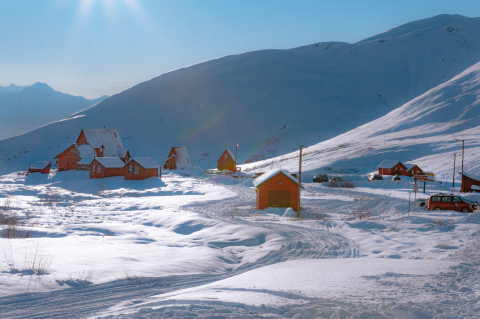

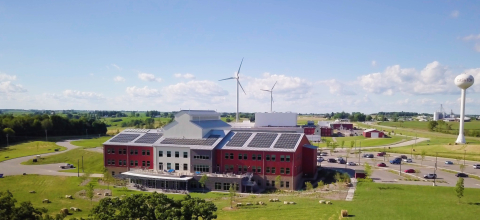
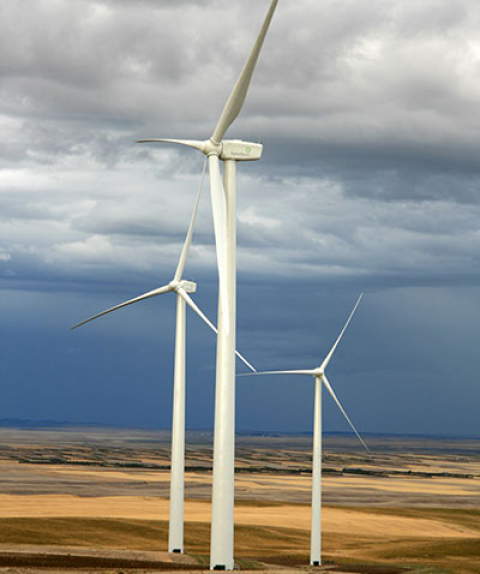
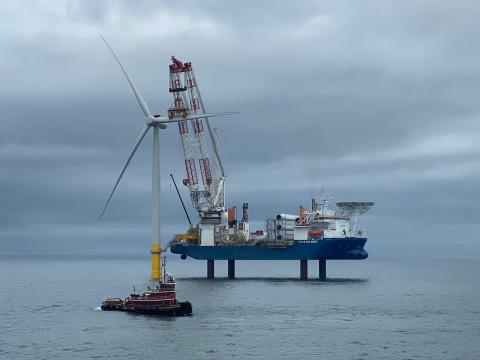
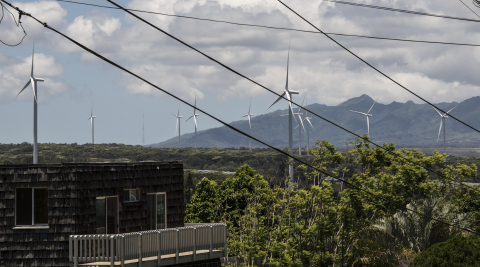
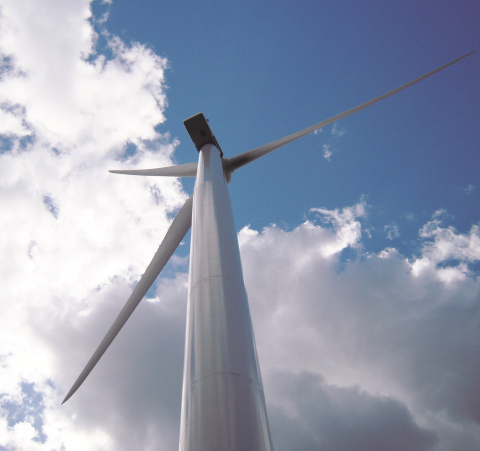
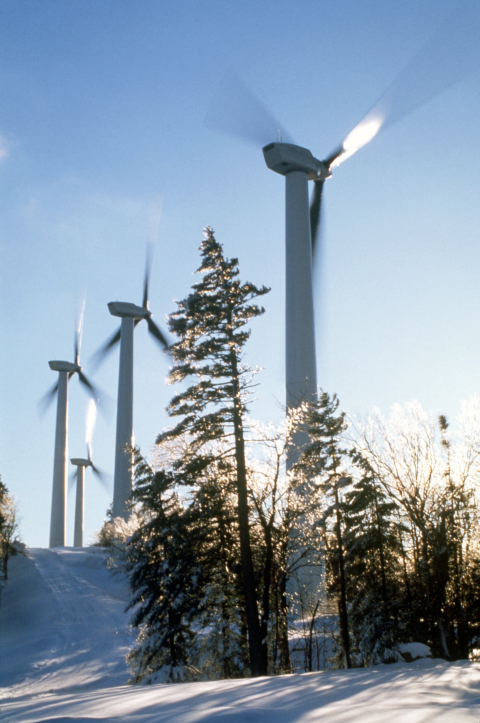
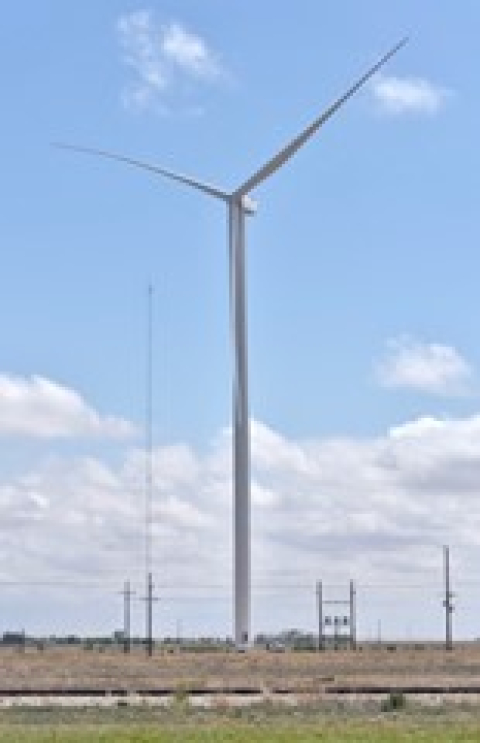
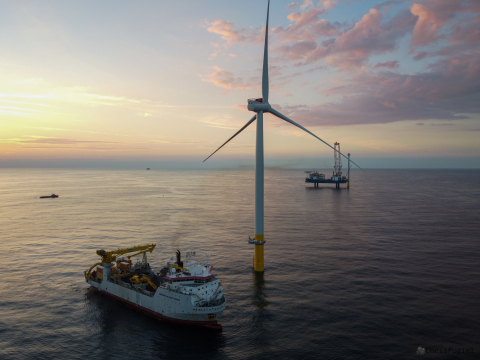
Below are stories about research efforts featured by the U.S. Department of Energy (DOE) Wind Energy Technologies Office.
Subscribe to the WETO E-Newsletter
Subscribe to the WETO e-newsletter to stay informed on the latest wind energy news, events, publications, and updates.

A standalone wind turbine is transforming the rural Alaskan community of St. Mary’s, according to a new study conducted by Pacific Northwest National Laboratory and Sandia National Laboratories.

New study reveals mixed reactions to flickering shadows generated by wind turbines.

NREL released the Distributed Wind Energy Futures Study, which details the high potential to profitably deploy nearly 1,400 gigawatts (GW) of distributed wind capacity across the United States.

Expanding wind energy deployment requires communities to host wind projects, and research has shown that communities are more willing to host wind energy when they feel the planning process has been fair.

NREL report outlines supply chain needs required to reach the United States’ national offshore wind goal of 30 GW by 2030.

Over the past decade, the wind fleet’s average capacity factor has increased substantially. Researchers have been debating how much of the improvement should be credited to technology versus increasing wind speeds.

WETO has released phase I findings for its Big Adaptive Rotor project, studying large blades for low-specific-power wind turbines.
As 2021 draws to a close, the Wind Energy Technologies Office (WETO) is reflecting on our R&D, recent achievements, and recognitions, and getting ramped up for a new year of possibilities for wind energy.

NREL and Sandia National Laboratories are partnering with GE to collect field measurements of a 2.8-MW land-based wind turbine operating in Texas. Data collected will help researchers enable more efficient capture of wind resources.

As wind turbines and plant sizes grow, is there a point at which costs plateau? Researchers analyze the avg cost per megawatt to develop and maintain offshore wind plants—and how these could change if trends toward larger turbines and plants continue.

